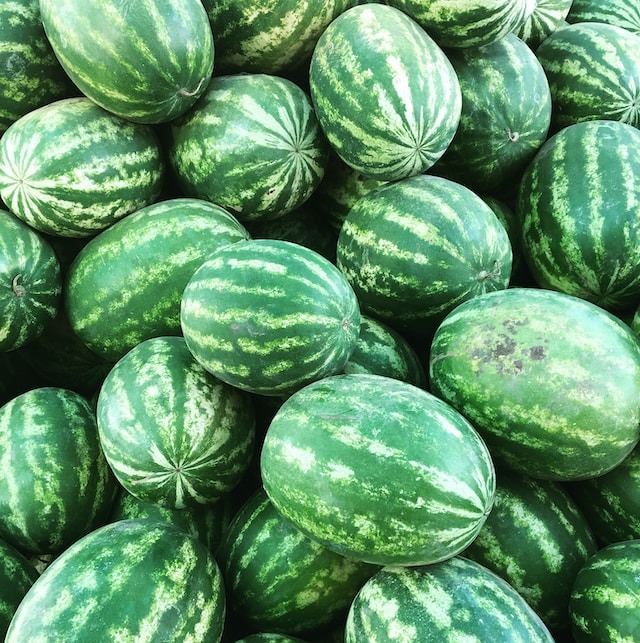W47 Melon and Watermelon Update: Surge in Watermelon Prices in São Paulo and Teixeira de Freitas due to High Demand, Morocco Implements Measures to Restrict Watermelon Cultivation and a 50% YoY Decrease in Watermelon Exports

Morocco Implements Measures to Restrict Watermelon Cultivation and Saw 50% YoY Decrease in Watermelon Exports
Morocco is implementing measures to restrict watermelon cultivation in Zagora province. Authorities have formed committees to monitor water withdrawals and enforce compliance, with legal action against violators. The country also addresses water-intensive crops like avocados and watermelons, discontinuing irrigation subsidies in 2022. Despite increased watermelon exports, a 50% year-over-year (YoY) decrease in watermelon exports to Spain occurred in the first six months of 2023.
Surge in Watermelon Prices in São Paulo and Teixeira de Freitas in W46 due to High Demand
Watermelon prices experienced a significant increase in W46 in both field and wholesale markets in São Paulo and Teixeira de Freitas, Brazil. Influenced by hot temperatures that increased consumption and limited supply, the high demand contributed to the price surge. In São Paulo, the price of large watermelons (>12 kg) rose by 49.6% week-on-week (WoW) to USD 0.36 per kilogram (BRL 1.76/kg), while in Teixeira de Freitas, it increased by 64.8% WoW to USD 0.37/kg (BRL 1.79/kg). At Ceagesp, the same type of fruit was sold at USD 0.67/kg (BRL 3.27/kg), a 29.4% WoW increase. The expectation is that high prices will persist next week, driven by favorable temperatures and a limited increase in supply.
Donetsk People’s Republic Reports Positive Agricultural Outcomes With 40.5% YoY Increase in Crop Yields Including Melons
The Donetsk People's Republic has completed harvesting potatoes, vegetables, and melon crops, yielding more than 5.2 thousand tons of produce, representing a 40.5% YoY increase. In 2023, 1.03 thousand tons of melons were harvested, an increase from the 647 tons harvested in 2022. The total harvested area in Russia was 740 hectares (ha). The increase in crop yields contributes to the region's agricultural productivity, which has about 400 thousand ha of agricultural land.




